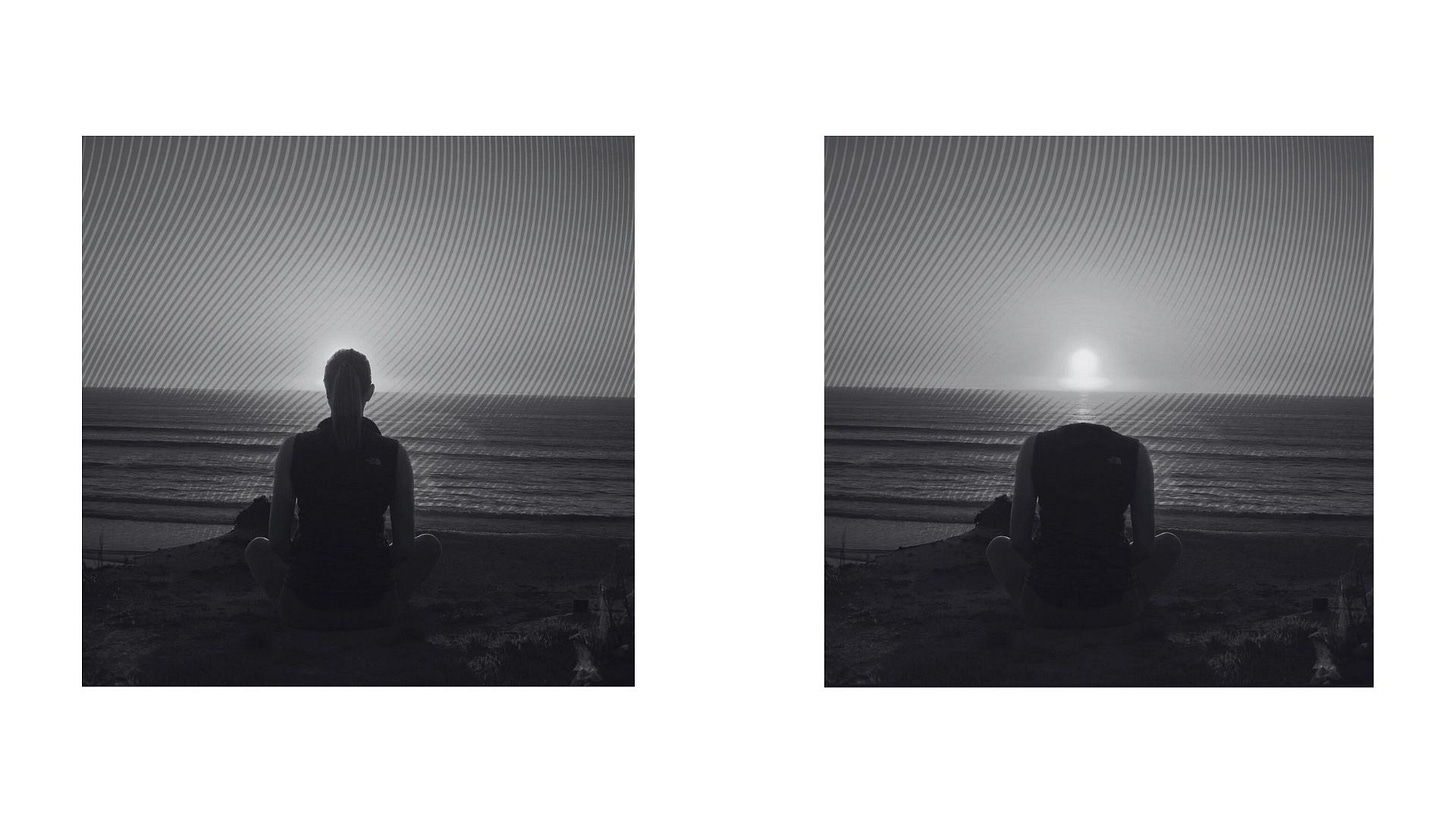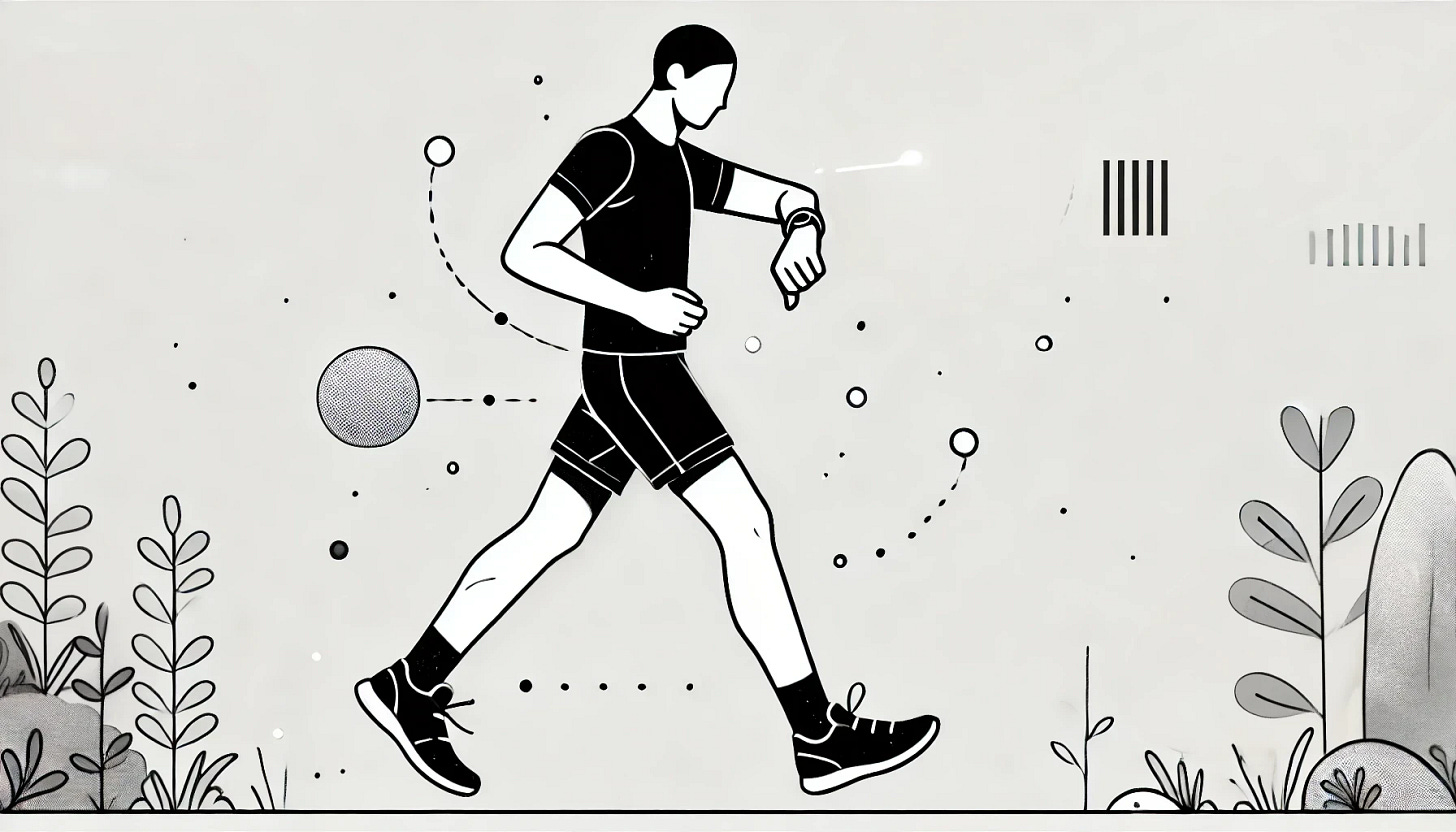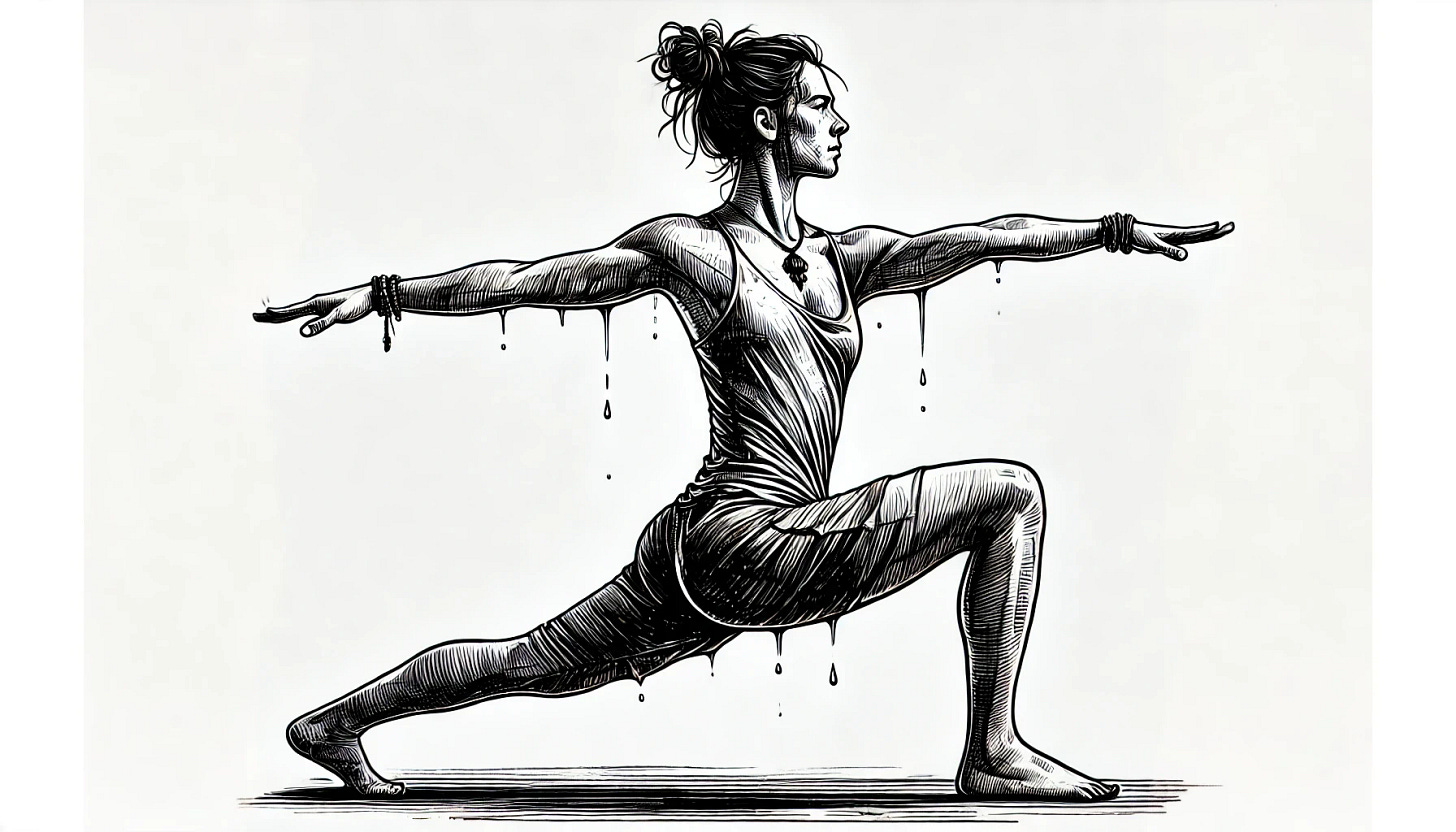Try Hard, Let Go
Sutra 12: अभ्यासवैराग्याभ्यां तन्निरोधः These mental modifications are restrained by practice and non attachment.
“These mental modifications” — Patanjali just finished naming the 5 fluctuations of the mind (vrittis).
Right knowledge
Misconception
Imagination
Sleep
Memory
So now, how do we get those fluctuations to subside and “be restrained”? That is essentially the stated aim of yoga practice, given in sutra 2. The restraint of the fluctuations of the mind stuff is yoga.
Here’s Sutra 12 ↙️
अभ्यासवैराग्याभ्यां तन्निरोधः Abhyāsa-vairāgyābhyāṁ tat-nirodhaḥ. These mental modifications are restrained by practice and non attachment.
Practice, and non-attachment.
Try really hard, don’t hold on to the results.
It might seem a bit obvious, and honestly, kinda bland (as far as deep meaningful mystical spiritual instructions go 😆). Like, that’s it? We bring the mind into a state of union with the present moment by…trying really hard?
And we’re supposed to give this effort without caring about the results…
Let’s unpack.
This is one of those simple instructions that seems a bit too obvious at first.
But through time, it becomes something a yogi refers back to over and over with new understanding as their perspective broadens.
Practice has become something of a “dead word” in today’s language. It’s used so often that we don’t really think about it’s true meaning when it’s said. And rarely, if ever, is it decoupled from the concept of obtaining something we want as a result of doing it.
But it’s overuse alludes to the very thing our culture seems not to understand as it throws this word “practice” repeatedly into the maw of our collective discontentedness with this life.
So let’s pull back and simply define practice as:
sincere effort
Holding aside all the typically associated concepts (such as goals, intentions, and expectations), the difference between a practice and a simple action is the level of effort and inspiration behind it.
If you go to soccer practice and just poke the ball around with your toe, you wouldn’t say that’s practicing the sport, right? If you’re practicing—you run as fast as you can, you try using the inside or outside of your foot to pass, you aim to make every shot a little harder, every pass a little more accurate.
Sincere effort (practice) is doing whatever you’re doing unto the edge of your capacity.
That’s why it ultimately helps to expand our abilities for a given skill or activity.
There’s a simple physiological truth behind this idea — to build a muscle, you have to load it with greater and greater weights so that it is pushed slightly beyond it’s capacity, literally tearing in some places before being repaired and reformed into a bigger version of itself.
If you can run 5 miles at 5 mph pace without stopping, how do you “practice” distance running? You can run longer distances at slower speeds, run shorter distances at higher speeds, or try going further after stopping. Simple enough, right?
But remember, it’s “practice and non attachment”.
Not just practice.
Not ‘practicing non attachment’, either.
That’s what makes this instruction so brilliant as a remedy for the state of dis-ease that plagues the modern mind. Give sincere effort, don’t hold on to the result.
We tend to want “more” of whatever it is we are practicing, and we think of the practice as the necessary effort required to obtain something of value (a skill, ability, or desired end state).
That’s where modern yoga tends to go way off the rails, in my opinion. When we bring that attitude into a studio and hear the word “practice” over and over as the teacher is speaking at us from inside some impossibly challenging posture of bodily contortion, it’s easy to assume that we are practicing to be able to do that kind of stuff with our body.
However, you can’t keep any of that kind of “achievement”.
Even if you diligently maintain your body, eat healthy, and take every pharmaceutical drug ever made (or embalm yourself in herbs 24/7, whatever you prefer) — you will eventually be incapable of doing a handstand. That’s a guaranteed fact.
It would be amazing to reach your deathbed by walking over to it on your hands…but is that kind of absurdity something worth striving for?
Indeed, one of the ways yoga is sold to people is with the image of the 80 year old yogi, long white hair and tanned skin, exhibiting movement patterns that are typically thought of as impossible for an American 80 year old.
“Do yoga and you can feel good forever”
It’s a good sell because there is a lot of truth within that idea. You probably will have more relative sensations of ease in your body over the course of a lifetime if you maintain your body.
But you won’t live forever, so there’s necessarily a stopping point to that idea of individuated progress. At the very best, you get lucky and die of a heart attack suddenly at 81 right before you lose the ability to do a handstand.
If we need the result to justify the effort, the very best we can hope for is being spared the pain of confronting our own diminishment.
So if it isn’t the end result we want, what are we doing all this yoga for?
To figure this out, I think we need to step out of the cultural attitude of perpetual accrual we were all born into.
Do x + y, achieve z end state.
With z end state, now able to do a + b + c.
There’s always something more to add. Every action is part of a value evaluation that enables the next level of whatever it is we are chasing.
But doing more yoga should actually leave you with less.
Less distraction.
Less rumination.
Less confusion.
It’s clarity we are after. Clear and direct perception of reality. Awareness that is not muddied by intervening mental fluctuations. Right knowledge.
Now here’s the subtlety:
We aren’t trying to clear the mind so that better things can come in. We are just trying to clear it. Period.
Forget about the {so that} clause.
We’ve all heard the phrase:
I think, therefore I am.
Remove the {so that} clause…
I think. I am.
So what’s left if we a practicing the restraint of the mental fluctuations (the act of thinking)?
I am.
It’s expansion through reduction.
I think we tend to avoid this work because we rightly notice that it is reducing the image of who we are, or at least, the portion of our conscious awareness that that image takes up.

Yoga slowly chips away at the underlying mental narratives/storylines we live by (from which misconceptions often arise) by continually calling our attention back into the present moment.
Whatever posture/asana you’re taking, try to cover all aspects of it with your attention.
Feel the way your feet are engaging with the ground.
Notice any unintentional tension being held in your hands.
If a movement restricts the natural flow of your breath, back out, and find a new way into the pose.
Think of your attention like a muscle.
The asanas in yoga practice are like the weights you use to strengthen and refine your attention. Of course there’s an aspect of getting stronger or more balanced or more whatever to moving through an asana, just as there can be an aspect of mindfulness to any form of exercise or movement.
But the point is not how many things (or how few) you can hold in your field of awareness — it’s experiencing yourself as that state of awareness. The you are. The I am. The basic fact of existence underlying all the different ways you may define yourself.
And we already are that. It’s not an end-state to be achieved after years of practice.
Indeed, it might takes years of practice to recognize it in a stable, reliable way that isn’t easily interrupted by the million things that can easily grab your attention and send it off into spirals once again.
That’s why it’s called a practice. It requires your sincerest effort, repeated over and over through time.
Just give it your all! That is the whole task at hand.
In the most practical sense, it’s not trying hard to obtain any particular thing. It’s just learning to devote all of your attention to one particular thing.
Maybe you think you already mastered warrior 2 so every time you get there you just wait for the next poses, wondering which ones will challenge you this time.
But that’s missing the point of yoga! Each time you take warrior 2 is a new time. Even if you’ve done it 2,000 times before, this time is now, and it deserves your full attention as you practice.
Not 50%, not 90%. 100% of your attention.
We start doing this with postures because they are easily visited, measured, and universal. But once you’ve strengthened your attention such that it can fully cover the appearances in your awareness that arise from an asana without being distracted, what’s to stop you from doing that with the base layer of the reality in which those things appear?
Only attachment. Wanting the things that appear to last longer than they do.
Hence the instruction — these mental modifications are restrained by practice and non attachment.







